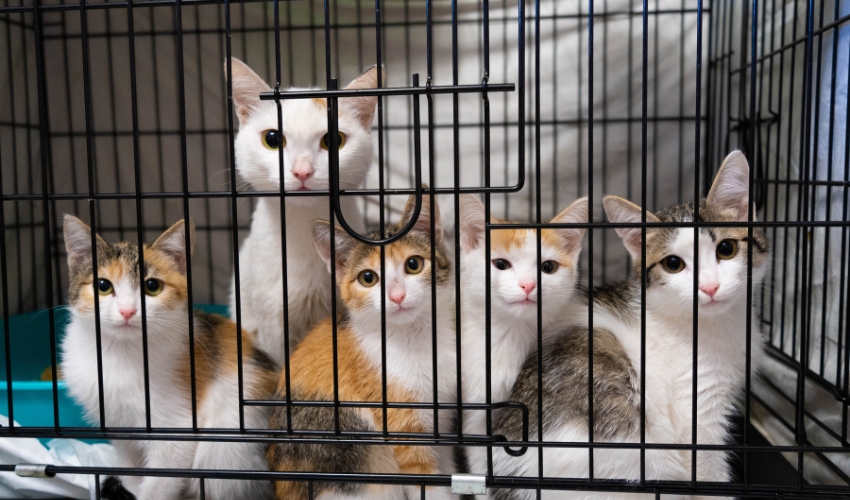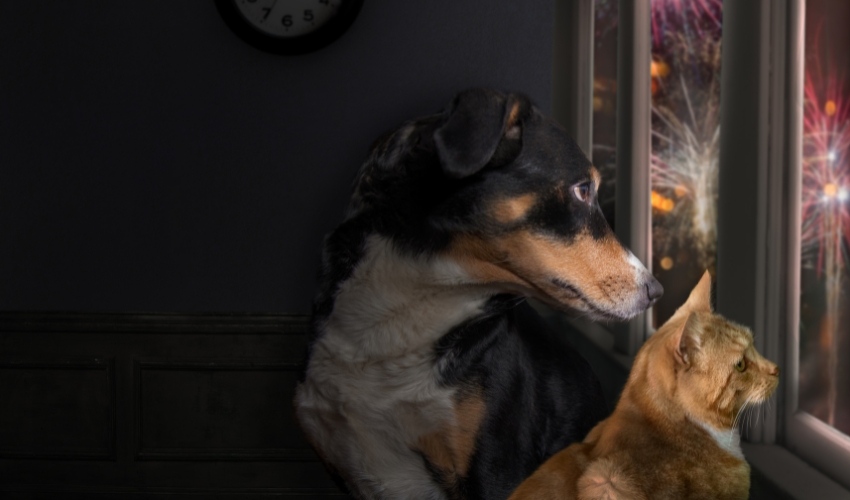What Happens If a Dog with Distemper Stops Eating?
 There’s no specific cure for Distemper, but the combination of supportive care and proper nutrition greatly helps infected dogs recover. However, what if the dog suddenly stops eating? How would they receive the vitamins and nutrients that their body needs to overcome the disease? Well, this is where feeding tubes come in; they’re used in veterinary medicine to help in cases like these. If you want to know more about them and understand exactly how they help dogs with Distemper, read on!
There’s no specific cure for Distemper, but the combination of supportive care and proper nutrition greatly helps infected dogs recover. However, what if the dog suddenly stops eating? How would they receive the vitamins and nutrients that their body needs to overcome the disease? Well, this is where feeding tubes come in; they’re used in veterinary medicine to help in cases like these. If you want to know more about them and understand exactly how they help dogs with Distemper, read on!
What Is a Feeding Tube?
A feeding tube is a flexible rubber tube inserted into either the nose, a small incision on the side of the neck, or the stomach through the abdomen. It’s used to supply nutrition to pets that are continually refusing to eat, preventing malnutrition and helping animals gain back their health faster. A homemade mixture or a special liquid formula from the vet is injected into the tube about 3 to 4 times a day.
What Are the Types of Feeding Tubes?
There are four types of feeding tubes: nasogastric tube, esophagostomy tube, percutaneous gastrostomy tube (PEG), and jejunostomy tube.
Nasogastric tube
A nasogastric tube is a thin flexible tube inserted from a nostril into the esophagus. Before insertion, a local anesthetic, like numbing cream, is applied to the nostril. This type of feeding tube can only be used for a few days.
Esophagostomy tube
An esophagostomy tube is a bit wider than the nasogastric tube. Before the procedure, pets are put under general anesthesia. Then, a small incision is made in the skin of the neck and the tube is slowly inserted into the esophagus. This type of feeding tube can be used for a few weeks.
Percutaneous endoscopic gastrostomy tube
Similar to an esophagostomy tube insertion, pets will need to be put under general anesthesia before undergoing a PEG tube placement. This type of feeding tube is inserted directly into the stomach through an incision made on the side of the abdomen and can be used for several weeks to months or permanently (with replacements done every 6-8 months).
Jejunostomy tube
A jejunostomy tube is a narrow tube that’s surgically inserted through the upper right portion of the small intestine, bypassing the stomach. This type of feeding tube is not for long-term use and needs constant monitoring to prevent complications, like clogging or tube displacement.
If you’re planning to have a feeding tube placed in your pet, your veterinarian will decide which one will work best.
How Do Feeding Tubes Help Dogs with Distemper?
 Distemper causes infected dogs to feel very ill and exhibit mild to severe gastrointestinal symptoms, including nausea, vomiting, and diarrhea. Sometimes, they can even develop upper respiratory problems, like coughing, sneezing, fever, and pneumonia, or neurological issues, like tremors, and seizures. All these effects can make them feel really sick and like humans, lose their appetite.
Distemper causes infected dogs to feel very ill and exhibit mild to severe gastrointestinal symptoms, including nausea, vomiting, and diarrhea. Sometimes, they can even develop upper respiratory problems, like coughing, sneezing, fever, and pneumonia, or neurological issues, like tremors, and seizures. All these effects can make them feel really sick and like humans, lose their appetite.
Since their body is already in a vulnerable state, the lack of nutrients will make it almost impossible for them to overcome the Distemper. However, with the help of feeding tubes, infected dogs are able to receive the nutrition they need to become stronger and make a complete recovery.
How Much Do Feeding Tubes Cost?
The price of a feeding tube depends on the type, the procedure needed to insert the tube, and the age, size, and medical condition of your pet. Nasogastric feeding tubes, for example, may cost around $60 to $300 depending on where you buy it, while surgically inserted ones, like the PEG and jejunostomy tube, can cost about $1000 or higher.
What Are the Risks of Using Feeding Tubes?
Just like any other medical procedure, having a feeding tube inserted in your dog come with possible complications. The most common ones include infection around the insertion site, clogging, or accidental removal or displacement of the tube. However, regular monitoring and vet visits can easily prevent these things from happening.










